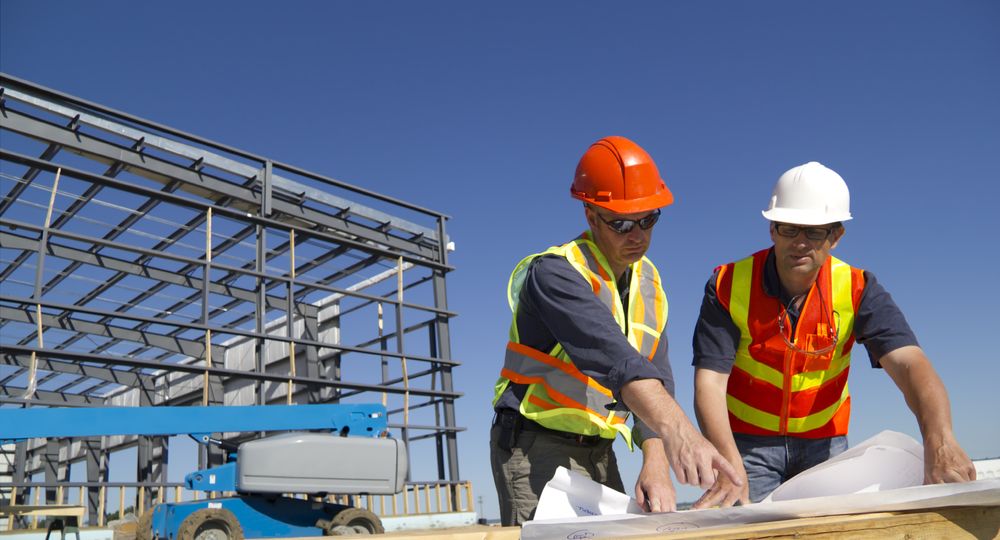
Environmental protection is crucial. States like Virginia are aggressively protecting their natural resources and promoting sustainable development. The Conservation Plan Virginia is a comprehensive framework created to solve ecological concerns and protect the varying ecosystems of the state. In this blog, we will go into great detail on the plan covering its goals, strategies, and teamwork contributing to its implementation.
Introduction To Conservation Plan Virginia
Conservation Plan Virginia is a collaborative project developed by environmental specialists, non-profits, government agencies, and community members. It is a guide to protect the natural heritage of Virginia, strengthen barriers against ecological risks, and cultivate robust ecosystems for coming generations. The plan includes several different conservation goals like preserving ecosystems and biodiversity, reducing the effects of climate change, and encouraging sustainable land use.
Core Objectives and Strategies Of Conservation Plan in Virginia
- Preserving Biodiversity
Conservation Plan Virginia places a high priority on maintaining its rich biodiversity. They support landscape-scale conservation initiatives, protect endangered species, and preserve valuable ecosystems. Moreover, the plan intends to maintain healthy animal populations and preserve ecological balance through conservation easements and habitat restoration initiatives.
- Improving Water Quality
Ecological integrity and human health depend on clean water. The goal of Conservation Plan Virginia is to improve the water quality in rivers and streams using the best management practices like the mitigation of nutrient runoff and the restoration of riparian buffers. These plans help aquatic habitats and improve the general health of the watershed of Virginia.
- Promoting Sustainable Land Use
Sustainable land use techniques are essential to balance economic growth with environmental preservation. Moreover, the plan promotes intelligent development, green infrastructure, and agricultural conservation to reduce habitat fragmentation, maintain open space, and save natural places. The plan intends to build resilient landscapes and communities by integrating conservation into land use planning.
- Building Climate Resilience
There are different environmental threats that climate change presents to Virginia like rising sea levels, harsher weather, and altered precipitation patterns. Therefore, to address these issues, we supports projects to cut greenhouse gas emissions, adaptation strategies for coastal areas, and resilience planning. The strategy also works to protect infrastructure, natural resources, and communities by increasing resilience to climate effects.
- Implementation and Collaboration
Government departments, nonprofits, private landowners, and community stakeholders must work together for a successful Conservation Plan Virginia. Implementing conservation initiatives, obtaining money, and involving the public in environmental stewardship all depend on collaboration. This plan ensures the long-term survival of Virginia’s natural environment by forming alliances and sharing resources.
Final Thoughts
We offers an ambitious vision for the state’s environmental conservation efforts going forward. The plan maps out a path for Virginia to prosper in balance with the environment by prioritizing climate resilience, sustainable land use, biodiversity conservation, and improved water quality. The constant commitment to conservation ideals and collaborative efforts will lead to a healthier and more resilient Virginia for future generations.
Civil Engineer professionals at Ceed Civil Engineering work together to develop a successful Conservation Plan in Virginia and promote the above conservation objectives. Visit our website at Ceed Civil to read more about our services.
